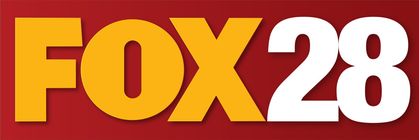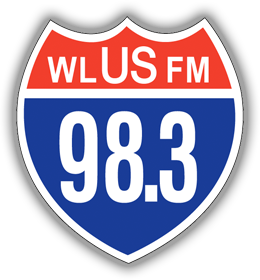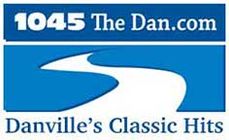The benefits of CPR certification for high school students
Cardiovascular diseases are one of the biggest causes of death in the US today. According to the Mayo Clinic, over 1,000 people suffer from cardiac arrest outside of hospitals daily. This makes bystander intervention essential to a victim’s survival. However, a lack of CPR training reduces the chances of bystander intervention. The introduction of life-saving skills training such as CPR training to high school students can change these statistics and increase bystander intervention, thereby saving more lives. McKallen Medical training shares the benefits of imparting CPR classes to high school students.
- Life-saving skills for any situation
Sudden cardiac arrest (SCA) could happen in any location, regardless of activity levels. Reports show that shopping malls have the third-highest rate of cardiac arrest in the US. A life-saving course such as CPR certification can help a high school student become a lifesaver for loved ones as well as strangers in any environment such as restaurants, classrooms, school facilities, and recreational centers.
- Learn how to respond in emergencies and be safe
The CPR certification not only teaches how to respond to emergencies and provide life-saving care, but it also helps students gauge the situation responsibly and maintain their safety as well. For instance, while trying to give CPR to a victim, students will learn to ensure their safety is secure or they would be unable to help.
- Acquire AED knowledge for entry into some professions
Health professions and other occupations that are involved in the direct care of others such as daycare centers often include CPR certification and the understanding of automated external defibrillator (AED) in their job eligibility criteria. As more companies become aware of the risk of SCA, CPR certification is increasingly becoming a requisite for being hired.
- Improves the safety culture among high students
A CPR certification helps shift the responsibility from adults to children, which can lead to long-term structural changes. High school is an uncertain time and students are impressionable and prone to risk-taking behaviors. During the certification, the instructors often touch upon the risk factors and educate the students to be more responsible and alert. These are life-long skills that are helpful in professions, recreational activities, and personal situations. This certification creates awareness among high school students about cardiac illnesses and enhances the culture of safety.
- Counted toward graduation credits or electives
A CPR certification may offer high school students the opportunity to earn graduation credits or meet elective requirements at school. Often, work-school programs may require students to obtain a CPR certification for employment in certain occupations.
- Preparation for real-world disasters
A CPR certification enables students to respond to emergencies and be prepared in the event of disasters. As the intensity and frequency of natural disasters rise, there is a need for more and more youth to be equipped in saving lives and making a difference. In instances of a hurricane, a bystander who knows CPR can assess a victims’ state of consciousness and basic vital signs, including respiration and pulse, and administer CPR if needed. Other emergencies may be caused by car accidents, terrorist attacks, wildfires, or other unforeseen disasters. Taking steps to know how to save lives is the cornerstone of effective disaster preparedness.
Why McKallen Medical Training?
At McKallen Medical Training, the instructors educate and prepare individuals to become healthcare professionals committed to lifelong learning, civility, and service to enhance the health and wellness of diverse communities.
McKallen Medical is committed to promoting career mobility by providing several program options to both traditional and non-traditional learners. Here are five reasons to opt for McKallen Medical Training:
- Job assistance
- Free tutoring
- Experienced instructors
- Flexible payment plan
- No waiting list
- Convenient online and classroom schedule
CPR/BLS Basic Life Support class covers:
- Adult, Child, and Infant CPR.
- Conscious and Unconscious Choking for victims of all ages.
- AED use and special considerations.
- Breathing Barriers, Bag Valve Masks, and 2 Rescuer CPR.
- Cardiopulmonary Emergencies and Special Resuscitation Situations.
For more information on CPR/BLS certification, call at (747) 225-6776 or email at admin@mckallenmedicaltraining.com

























